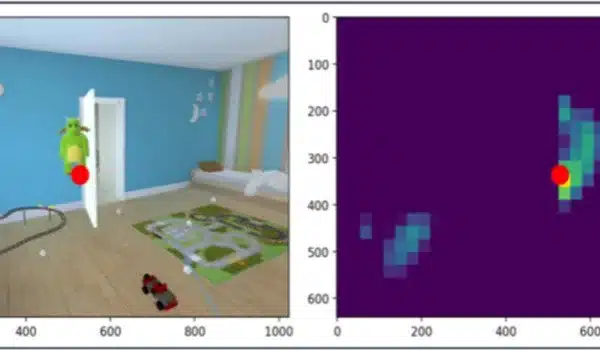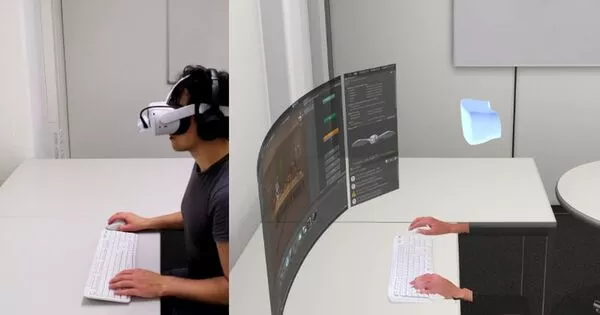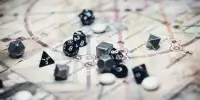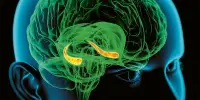Designing a VR game for the objective detection of ADHD would necessitate careful thought and collaboration with subject matter experts. Clearly define the VR game’s objectives. Determine which ADHD-related symptoms or behaviors you want to evaluate and how they can be objectively measured in a virtual environment. You could, for example, concentrate on attention span, impulsivity, hyperactivity, or executive functioning.
A virtual reality game provides an objective evaluation of attention deficit disorders and may lead to a more effective therapeutic approach. Researchers demonstrated that differences in eye movements can be used to detect ADHD using virtual reality games, eye tracking, and machine learning, potentially providing a tool for more precise diagnosis of attention deficits. Their method could also be used as the foundation for ADHD treatment and, with some modifications, to evaluate other conditions such as autism.
ADHD is a common attention disorder that affects approximately 6% of all children worldwide. Despite decades of research into objective markers, ADHD is still diagnosed through questionnaires, interviews, and subjective observation. The outcomes can be ambiguous, and standard behavioral tests do not reveal how children deal with everyday situations. A team of researchers from Aalto University, the University of Helsinki, and Akademi University recently developed EPELI, a virtual reality game that can be used to assess ADHD symptoms in children by simulating real-life situations.
We tracked children’s natural eye movements as they completed various tasks in a virtual reality game, and this proved to be an effective method of detecting ADHD symptoms. The ADHD children’s gaze paused longer on different objects in the environment, and their gaze jumped from one spot to another faster and more frequently.
Liya Merzon
Now, the team tracked the eye movements of children in a virtual reality game and used machine learning to look for differences in children with ADHD. The new study involved 37 children diagnosed with ADHD and 36 children in a control group. The children played EPELI and a second game, Shoot the Target, in which the player is instructed to locate objects in the environment and “shoot” them by looking at them.
‘We tracked children’s natural eye movements as they completed various tasks in a virtual reality game, and this proved to be an effective method of detecting ADHD symptoms. The ADHD children’s gaze paused longer on different objects in the environment, and their gaze jumped from one spot to another faster and more frequently. This could indicate a delay in visual system development and poorer information processing than other children,’ said Liya Merzon, an Aalto University doctoral researcher.

Brushing your teeth with distractions
According to project leader Juha Salmitaival, an Academy Research Fellow at Aalto, one of the game’s strengths is its motivational value. ‘This isn’t just a new technology for assessing ADHD symptoms objectively. The game is also more appealing to children than standard neuropsychological tests,’ he says.
EPELI was created by Salmitaival in collaboration with Professor Matti Laine of bo Akademi University and Erik Seesjärvi, a doctoral researcher at the University of Helsinki and clinical neuropsychologist at Helsinki University Hospital (HUH). The game is available to HUH neuropsychologists who work in pediatric neurology and psychiatry.
‘Those who are interested can use EPELI to help them with their clinical work,’ Seesjärvi says. ‘It has been a very positive experience. ‘After the first pilot, all of the neuropsychologists who responded to a feedback survey said they had benefited from using virtual reality methods as a complementary tool in their work.’
Topi Siro, an Aalto alum who now works at Peili Vision Oy, oversaw EPELI game development. ‘The game includes a variety of tasks that mimic daily life, such as brushing your teeth and eating a banana. The player must remember the tasks despite environmental distractions such as a TV that is on. The game measures everything: how much the child clicks on the controls and how efficiently they perform the tasks. Efficiency correlates with everyday functioning, whereas children with ADHD often have challenges,’ says Siro.
Motivation for rehabilitation
Virtual reality games could have broader therapeutic applications, according to the researchers. Gaming could be used to help with ADHD rehabilitation in addition to assessing symptoms. ‘We want to create a gamification-based digital therapy that can help children with ADHD become excited about doing things they wouldn’t normally do. In the United States, there is already an approved game for ADHD rehabilitation,’ says Salmitaival. In collaboration with researchers at the University of Oulu, the team is investigating rehabilitation options.
Linda Henriksson, a senior lecturer at Aalto University who was also involved in the study, emphasizes virtual reality’s exceptional potential for such applications. ‘I see virtual reality as an interesting tool, because it can be used to precisely control what happens in the stimulus world while at the same time collecting information about behaviour in a natural situation,’ says Henriksson, an expert in how the brain processes visual information.
















